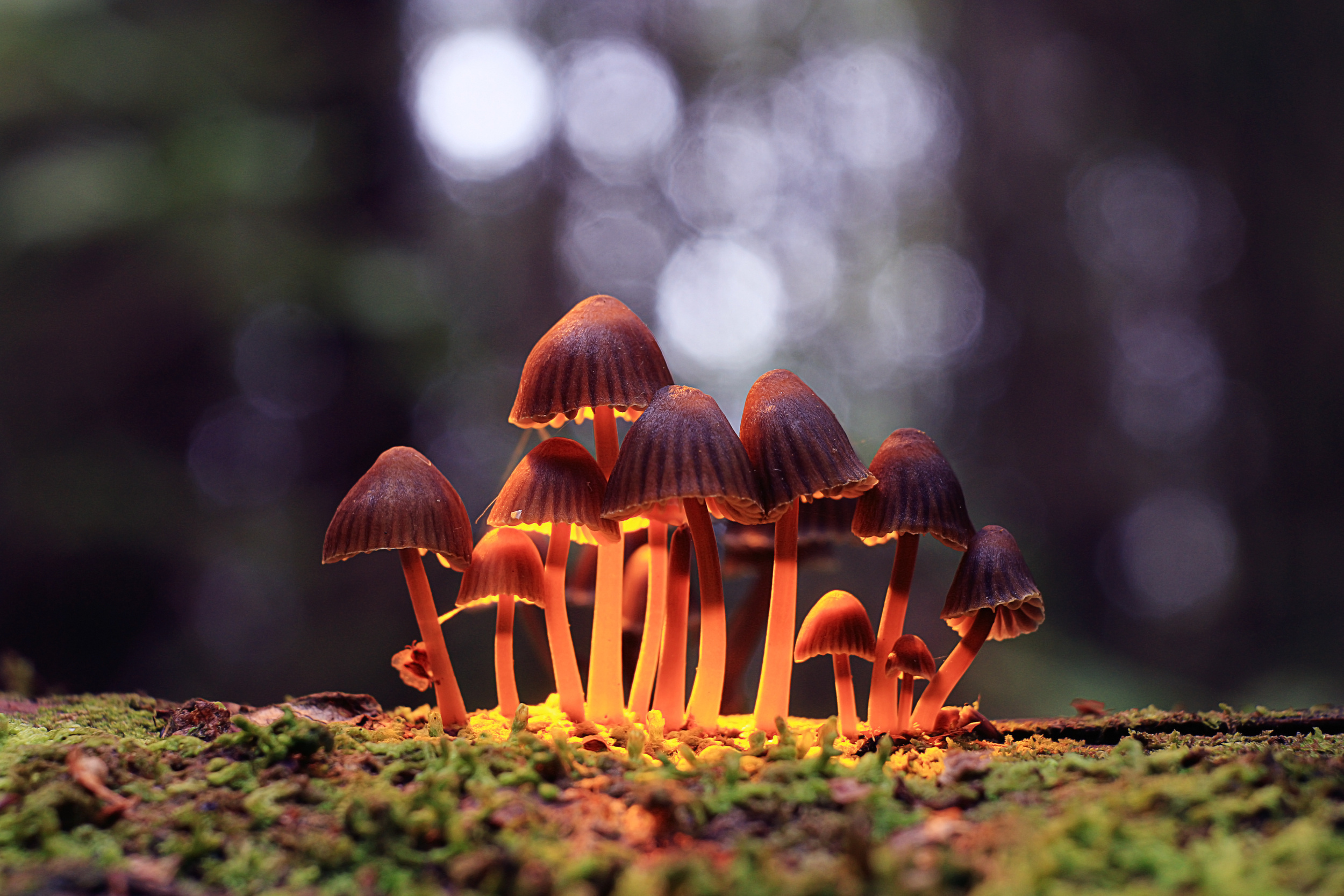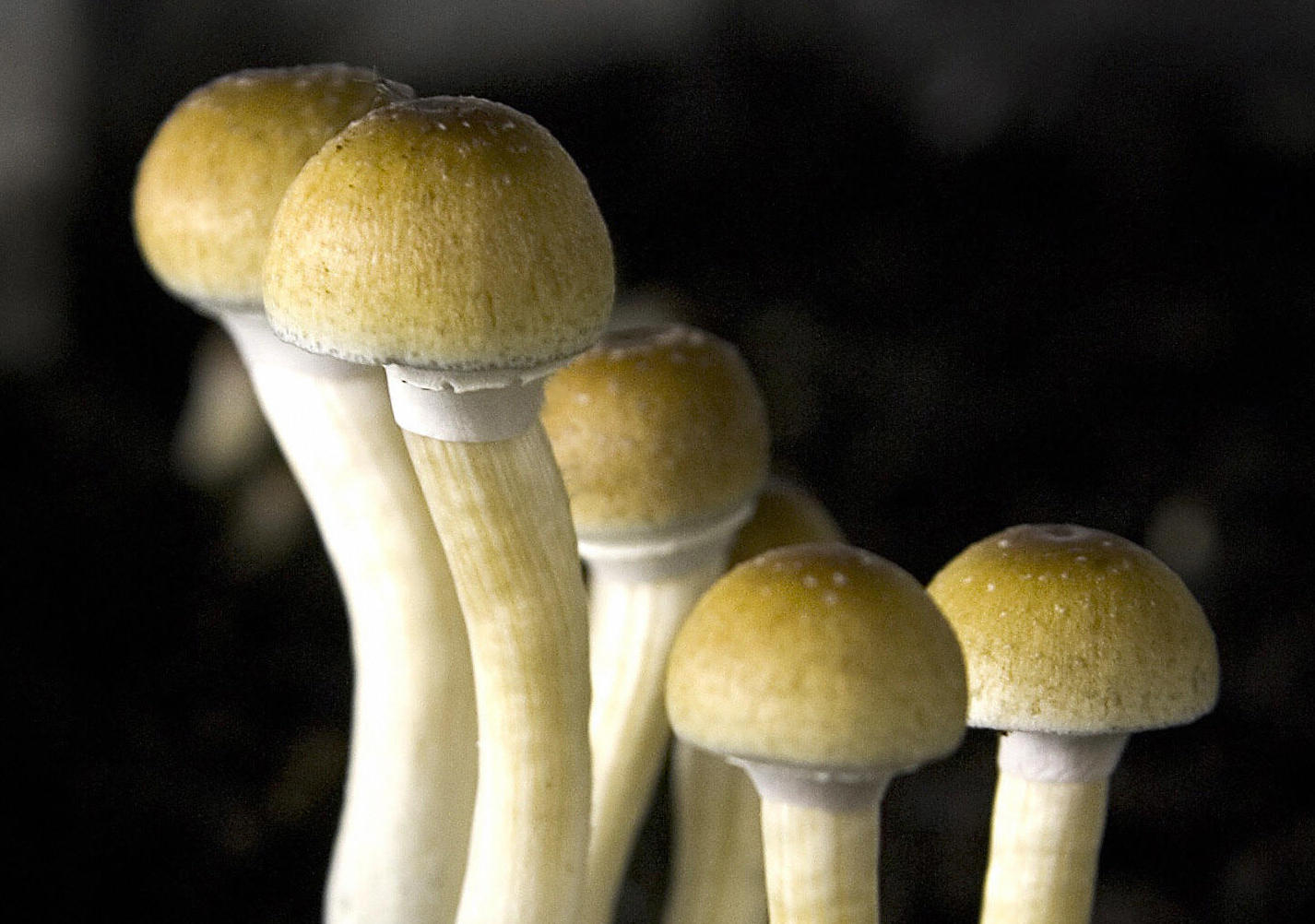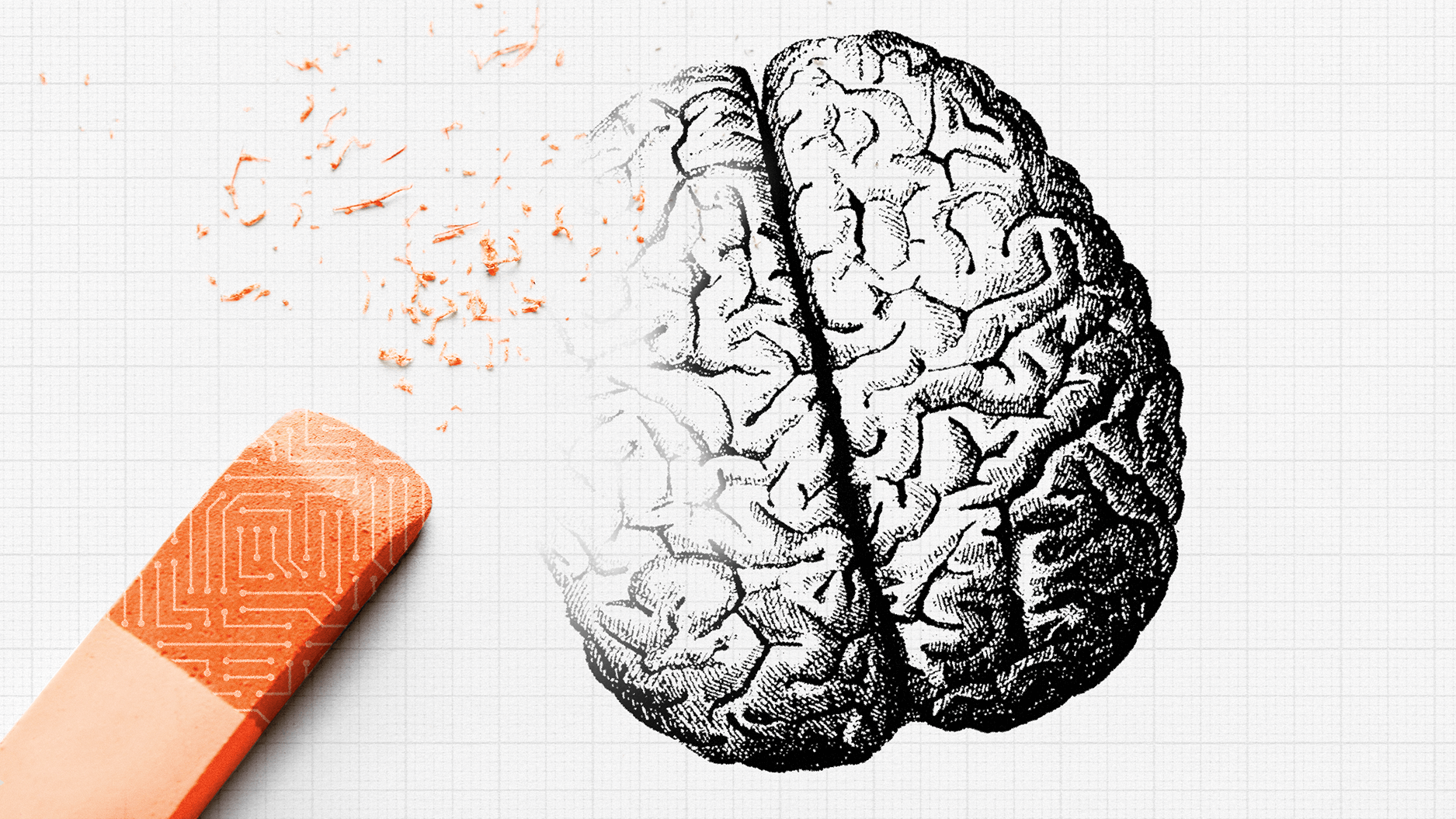Psilocybin, a compound found in magic mushrooms, could teach us how to rewire the brain

Wired’s Brandon Keim had a chance to report on a study you don’t often see: doing magic mushrooms for science. Well, technically it’s psilocybin, which is an ingredient in magic mushrooms. Still, it sounds like something out of a botched military program, but it’s not. It’s a new way to look at brain activity—how networks within the brain connect differently than in their uninhibited states.
It’s not just scientists that are interested, but mathematicians as well. You see, the brain functions as a network of different regions working together to execute a series of complicated functions, and a branch of mathematics called network theory wants to examine how these regions connect.
Researchers gave 15 participants (all with prior, positive experiences with hallucinogens) either a placebo or a dose of psilocybin, and used functional magnetic resonance imaging (fMRI) to see the brain’s reaction. Participants who received the psilocybin showed a whole network of activity re-routed. This re-organization formed stable connections—not random, fleeting connections.
“…the brain does not simply become a random system after psilocybin injection, but instead retains some organizational features, albeit different from the normal state.”
“We can speculate on the implications of such an organization. One possible by-product of this greater communication across the whole brain is the phenomenon of synesthesia which is often reported in conjunction with the psychedelic state.”
For the duration of the psilocybin “trip” participants were potentially able to hear colors, taste sounds, or see smells. However, there are people who hear music in colors or see each letter of the alphabet as a particular color, but aren’t on shrooms. This manner of thought is the way some people are wired—certain sensory regions bleeding into one another in a way that they are one.
It’s an out-of-the-box approach, but through this study researchers can better understand how to temporarily re-wire the brain, which could translate to better treatments for those suffering from depression or other illnesses. Though, it’s still unknown how psilocybin is creating these changes and, of course, “trips” vary from user to user. It could be hearing smells or feeling bugs crawl under your skin.
Read more at Wired
Photo Credit: Petri et al./Proceedings of the Royal Society Interface





